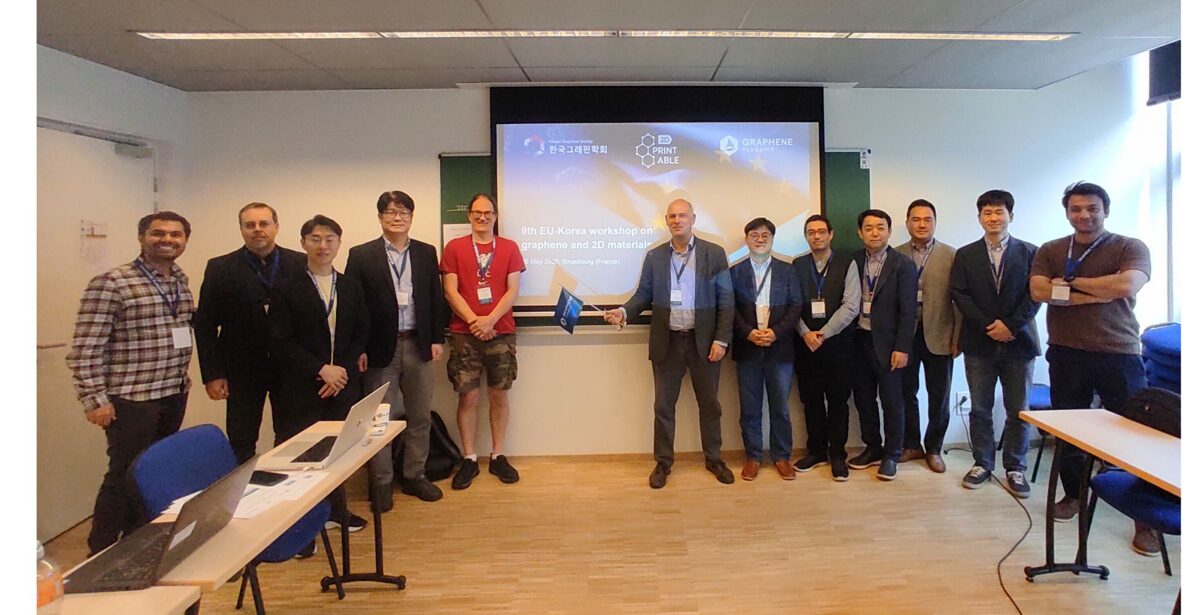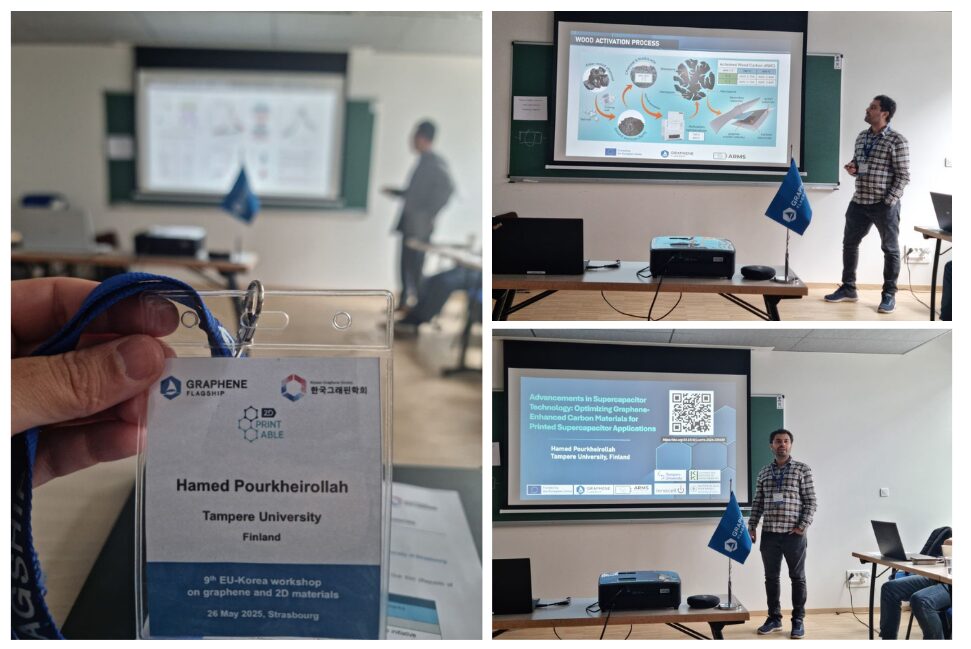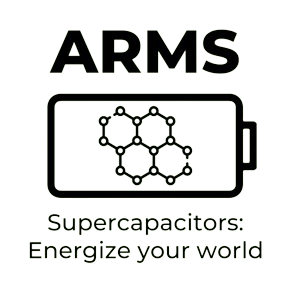ARMS showcases innovative energy storage solutions at EU-Korea Workshop

On May 26, Hamed Pourkheirollah, ARMS representative from Tampere University, participated in the 9th EU-Korea Workshop on Graphene and 2D Materials, organized by 2D PRINTABLE in Strasbourg, France. His presentation focused on innovative supercapacitor materials, highlighting the progress of the ARMS project in energy storage technology.
This event reinforced the longstanding collaboration between the Graphene Flagship and the Korean Graphene Society. Its primary goal was to facilitate the exchange of ideas and best practices on topics such as the synthesis and production of 2D materials, their physical and chemical properties, and their applications in (opto)electronics, energy, and composites.
The workshop featured distinguished speakers from the Graphene Flagship, European research institutions, and leading Korean universities, including KAIST, SKKU, Yonsei University, Pusan National University, and Kyung Hee University. Maria Abrahamsson, Director of the Graphene Flagship, represented the organization. Experts from initiatives like 2D PRINTABLE, 2D-PL, 2D NEURALVISION, GRAPHERGIA, ARMS, and GIANCE shared their latest advancements, emphasizing the strength of international collaboration in 2D materials.

In his presentation, titled ‘Advancements in Supercapacitor Technology: Optimizing Graphene-Enhanced Carbon Materials for Printed Supercapacitor Applications’, Hamed Pourkheirollah detailed how different processing methods and temperatures produce Activated Wood Carbon (AWC) with unique pore structures, significantly boosting supercapacitor performance. The ARMS team achieved a specific capacitance of 249 F/g and an energy density of 49.8 Wh/kg, surpassing many commercial supercapacitors. Importantly, these materials maintained efficiency after thousands of charge-discharge cycles, demonstrating their potential as durable, sustainable energy storage solutions.
This research underscores the importance of material optimization, showing how tailored pore structures and morphology can lead to high-capacity, efficient energy storage devices. Such advancements are crucial for powering IoT devices, AI systems, wearable electronics, and self-powered sensors, paving the way for smarter, energy-autonomous technologies.
The workshop fostered valuable international collaboration and knowledge exchange, emphasizing the global effort to push the boundaries of 2D materials. The collective research efforts presented highlight a promising future for energy storage solutions, with ARMS contributing to innovations that could transform multiple technological sectors.
More information about the workshop